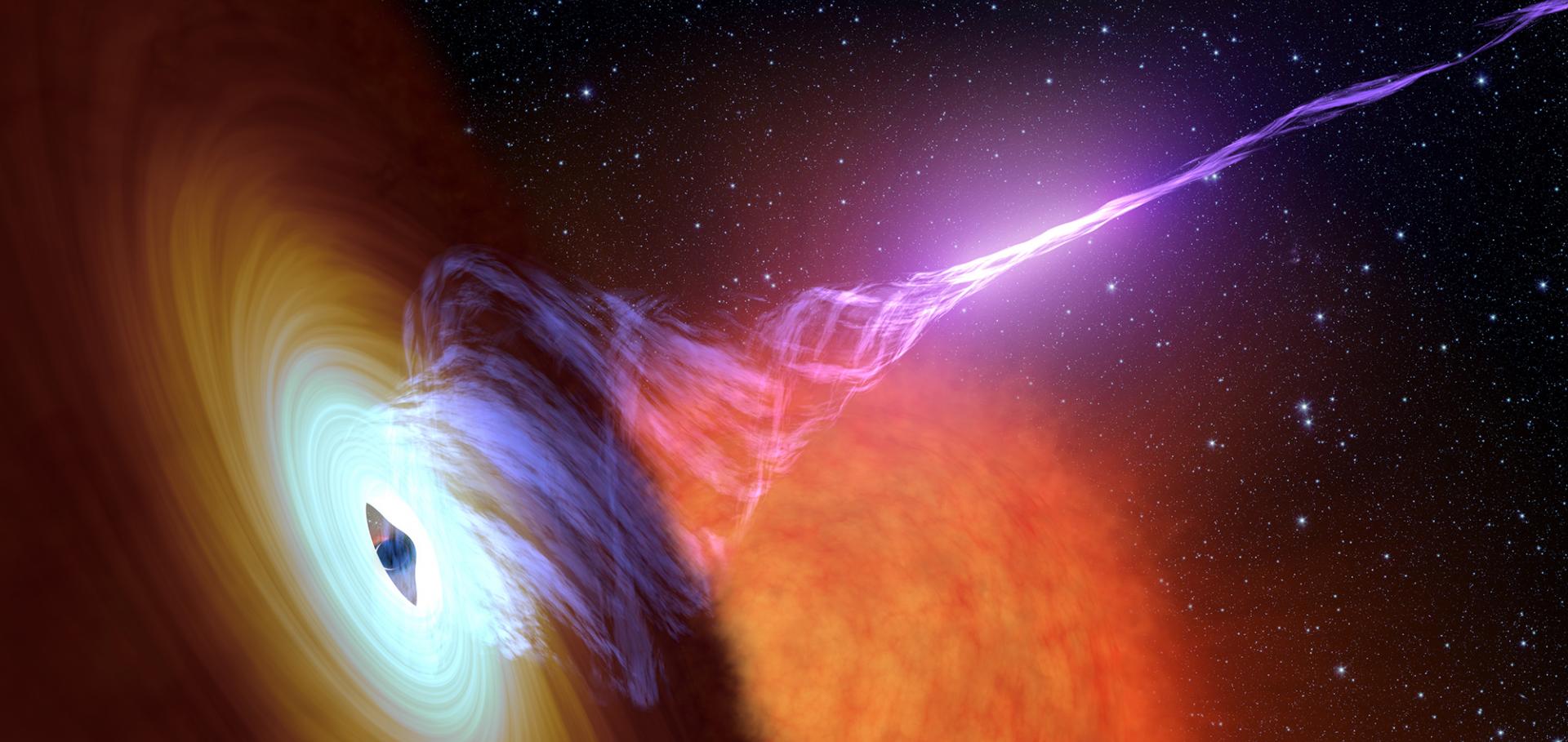Inclination and relativistic effects in the outburst evolution of black hole transients
(2013)
XTE J1752-223 in outburst: a persistent radio jet, dramatic flaring, multiple ejections and linear polarisation
(2013)
Calibrating High-Precision Faraday Rotation Measurements for LOFAR and the Next Generation of Low-Frequency Radio Telescopes
(2013)
The optical counterpart of the bright X-ray transient Swift J1745-26
(2013)


